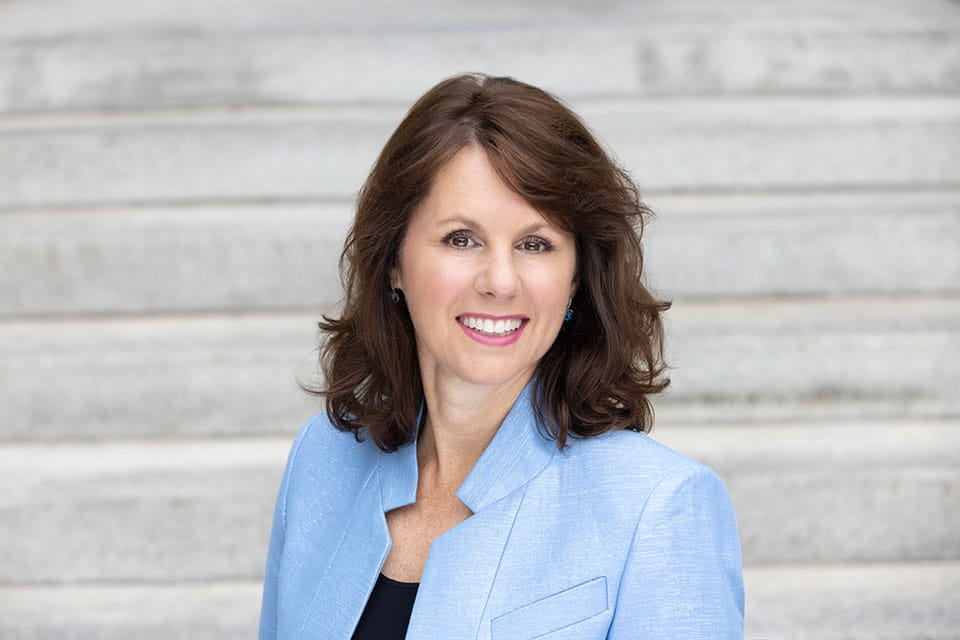Why Smarter Collaboration Should be at the Top of Every Senior Leader’s Agenda

Across many sectors and industries, leaders are realizing that they have to get better at collaboration, and many are plunging in. But it’s easy to get implementation wrong and fall into what might be called “collaboration traps.” For example, some leaders treat collaboration as a magic cure-all, as if all they need to do is form a team and their challenges will go away.
Others consider collaboration an “initiative” that can be “implemented” and then left to fend for itself. Some organizations focus on collaboration as a goal in and of itself. In those cases, collaboration becomes an explicit “organizational value.”
This sounds good, but in practice it often means that people aren’t shown how specific collaborative behaviors will help realize the company’s strategic goals. Some managers wind up throwing teams at every problem, which commits valuable employees to too many different projects and thus stretches good people too thin. Some leaders instruct people to collaborate on X, Y, or Z without equipping them with the skills or technology to do it well.
Given the economic uncertainty and tight labor market we’re currently facing, CEOs need to collaborate smarter in order to boost their bottom lines.
Smarter Collaboration Boosts Revenues
Simply stated, collaboration across functions, business units, and geographies leads to better financial outcomes for companies. Let’s consider revenues first, followed by profits.
Let’s take a commercial real estate company as our first example. When they provide a single service to a client—say, leasing to a retail chain—that service might generate x dollars: a straightforward fee for service. But what if they can make that service part of a larger property management lifecycle solution, focused on how to optimize a client’s real estate portfolio over time?
What if they can offer a solution that necessarily includes planning, finance, leasing, acquisition, disposal, consulting, property management, and more? If that happens, the leasing activity becomes more valuable, because it is integrated with other disciplines to create a differentiated, value-adding strategy.
Stated differently, leasing alone can be viewed as a commoditized offering; but in combination with other disciplines, it becomes strategic. And this isn’t to pick on commercial real estate leasing; the same considerations and calculations hold true across a broad range of disciplines.
Those disciplines are more valuable when they are integrated, and less valuable when they are freestanding. Capturing that exponential value requires experts from each of those separate disciplines (planning, finance, property management, etc.) to come together in a way that we call smart collaboration.
Our work has revealed this pattern time and time again across a wide array of organizations, ranging from technology companies and financial institutions to traditional professional services firms like law and accounting. The underlying principles apply to both companies that are international and those that are entirely domestic and that range from very small to giant.
Why? Where does the upside come from? It’s not about a simple cross-sell, as in, “Do you want fries with that?” Having a broader range of people—executives, product managers, client-service experts, technologists, and finance managers—involved with a client in a coordinated way gives you more information about that client’s needs, priorities, and preferences. If your account teams communicate effectively among themselves (and that’s a big “if” that can’t be left to chance), you can leverage these insights to spot opportunities to support the client (and generate revenue) that your less engaged competitors might overlook.
Of course, some of the new work may be discrete projects or products—in the case of our commercial real estate company, for example, a contract to handle building maintenance for all of a client’s properties in one city. But the big value-add opportunity arises when those individual units bring together their intel—that is, what they picked up in the course of the simple project—and think together about the customer’s more complex challenges. That’s how they start to identify the big questions and answer them in innovative, sophisticated ways.
When you address the bigger, more complex challenges of the sort faced by chief-level officers, you gain access to more senior executives who have broader responsibilities, larger budgets, and more sophisticated needs. And, of course, the more excellent work that you do for very senior executives, the greater your reputation and perceived legitimacy inside the client organization.
That said, you don’t need to be working at the board level for smart collaboration to have a major impact on revenue.
Smarter Collaboration Can Make Your Company More Profitable
The kinds of holistic solutions developed through collaboration create the ability to not only deliver more solutions to existing buyers at your customer but also be more profitable. As you move up the food chain at your customer, work for the C-suite is likely to be the most critical and therefore the most valuable and highest margin. Further, expanding your relationship with existing customers is less expensive (total cost of sales including marketing costs, time, etc.) than landing work with new customers. In other words, this is a win along two key dimensions: higher-margin work with a lower cost of sale. One senior manager at a consulting firm described it in these terms: When a board needs advice, I guarantee they’re not asking the procurement department’s permission on whom to hire. Recently some headlines hit about forced labor in a certain country, and my client’s board commissioned a supply chain review that required collaboration across experts from human rights, operations, regulatory, data science, and lots more. We could never have sold this in at a lower level, and the margin was excellent.
Generally, “moving the client to the right” broadens the scope of work toward more sophisticated, multiline solutions. Again, this move takes you out of the commodity game and into the realm of differentiated products and services.
Let’s look at a simple example from a tech and data provider we’ll call ReachPro. The company’s core product was data that tracked the effectiveness of marketing campaigns, which subscribers downloaded and analyzed. Most customers used a third-party’s data-visualization software to help them detect patterns in the data. But integrating these two software packages was a cumbersome process, so when ReachPro began offering a data-visualization tool optimized to analyze the data it provided, uptake was dramatic. The new ReachPro tool was easy to use, and it came prepackaged with reports and graphs directly linked to the marketing data, allowing the company to charge a slight premium over the generic products in the market.
Because ReachPro was selling exclusively to existing data customers, moreover, the cost of sales was low. Most executives understand intuitively that expanding existing relationships is one of the most cost-effective ways to grow. If companies had a way of capturing the true cost of sales—and many don’t actually track this number accurately—most would find that it requires less time, effort, marketing expense, and risk to convert an existing customer into a one that uses the full breadth of services than it does to woo a brand new customer of equal size away from a competitor.
The bottom line? Done right, collaboration works, and it amply rewards those organizations that embrace it.
Excerpted from Smarter Collaboration by Heidi K. Gardner and Ivan A. Matviak.
Written by Heidi K. Gardner.
Have you read?
3 Tips for Ensuring Your Client Work Is Steeped in DEI Values by Tony Hobley.
To Build Your Strategic Plan, First Know What Business You’re In by Frank O’Connell.
Chris Rapczynski Celebrates Three Decades of Leadership in the Boston Construction Community.
Here’s My Counteroffer”: How to Sharpen Your Skills and Negotiate Like a Pro by Jakob Wissel.
Ready for Adventure? Here Are 7 Outside-the-box Ideas for Adding Excitement to Your Repertoire by Dr. Joel Lavine.
Bring the best of the CEOWORLD magazine's global journalism to audiences in the United States and around the world. - Add CEOWORLD magazine to your Google News feed.
Follow CEOWORLD magazine headlines on: Google News, LinkedIn, Twitter, and Facebook.
Copyright 2025 The CEOWORLD magazine. All rights reserved. This material (and any extract from it) must not be copied, redistributed or placed on any website, without CEOWORLD magazine' prior written consent. For media queries, please contact: info@ceoworld.biz








